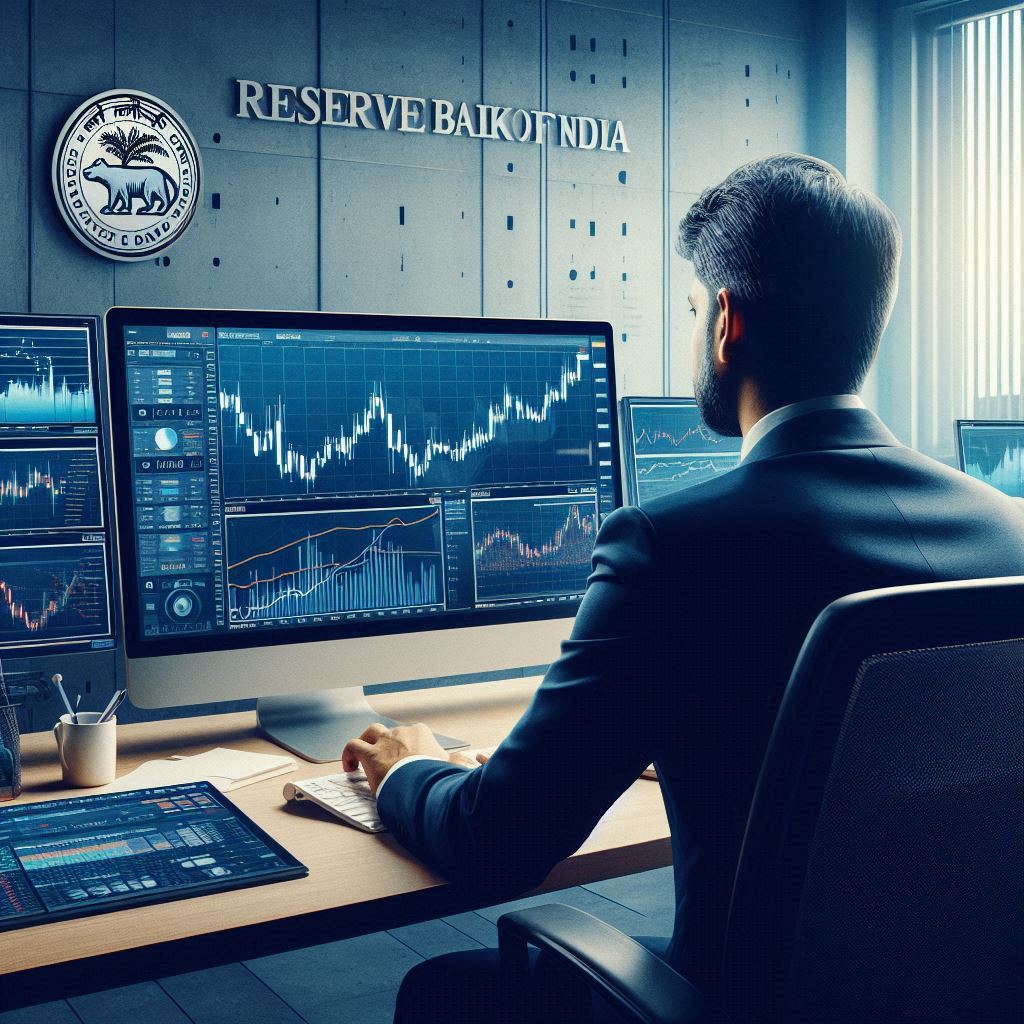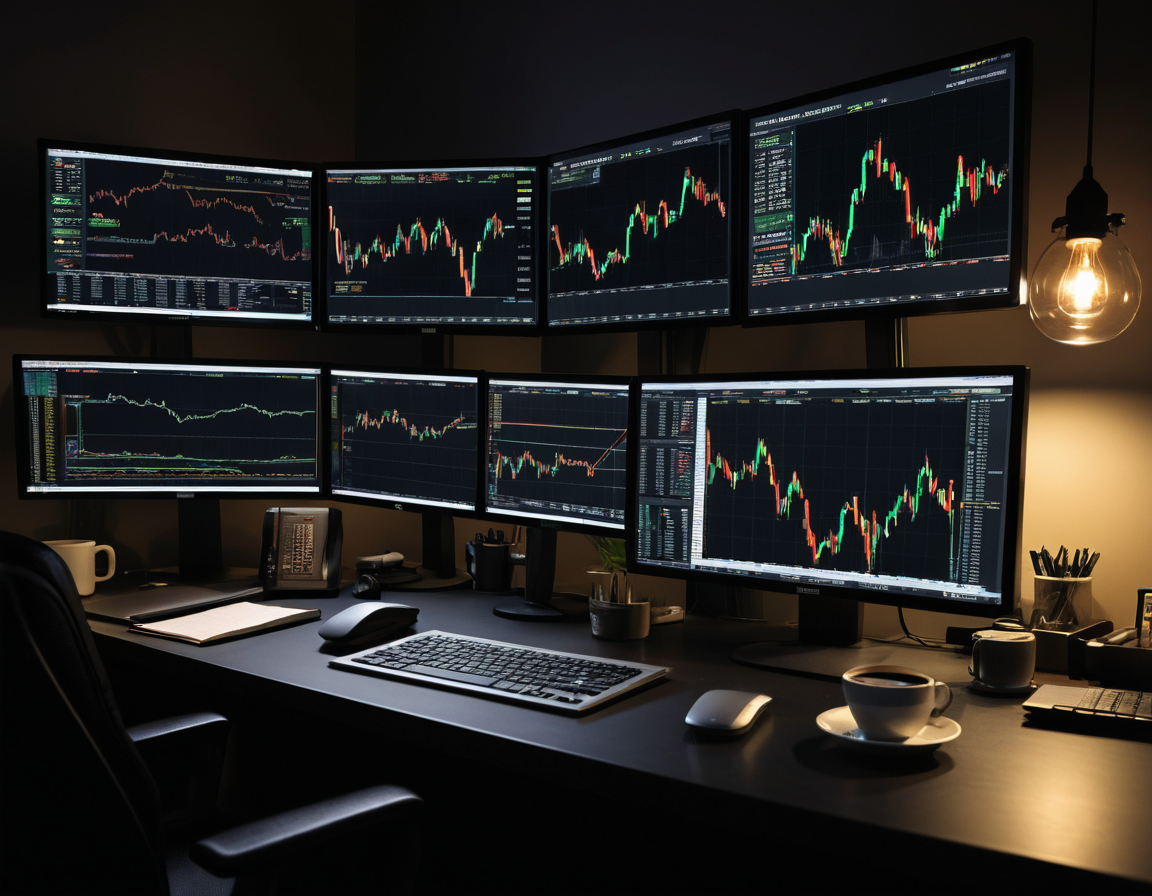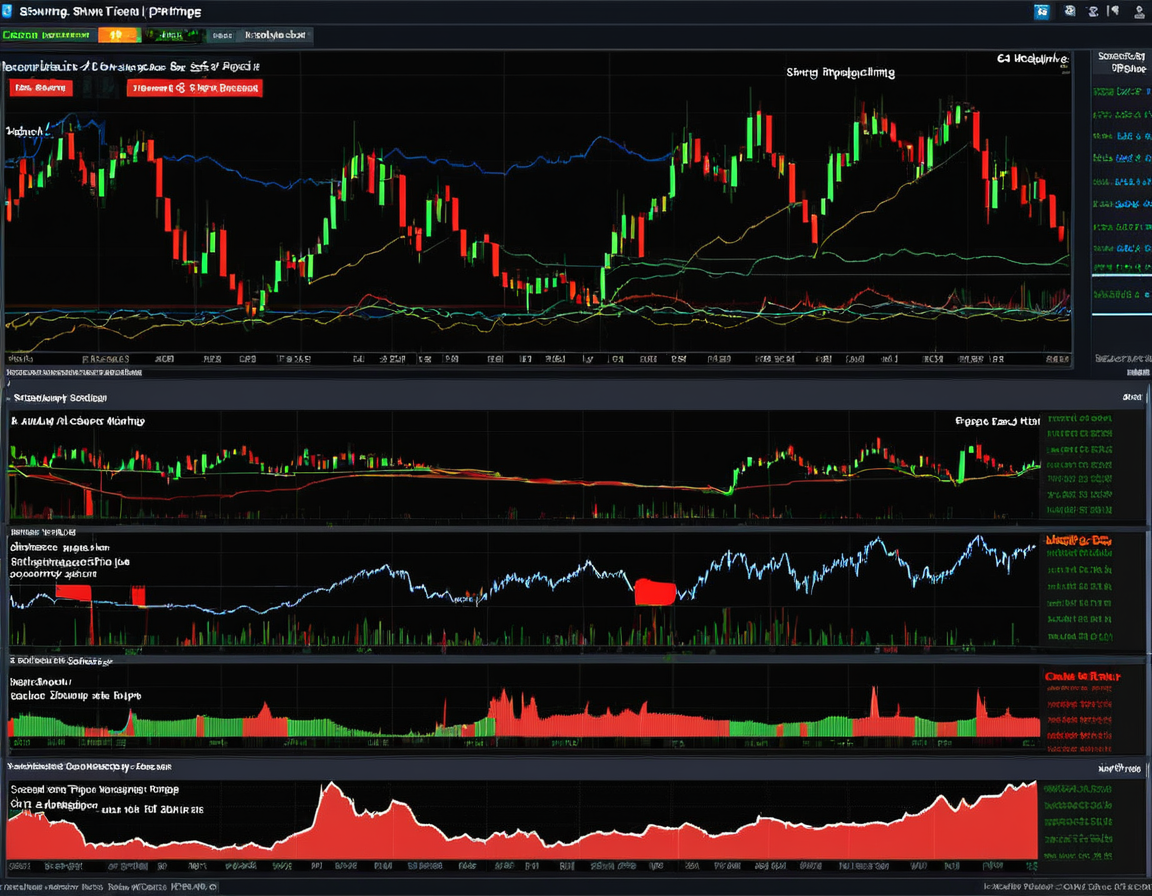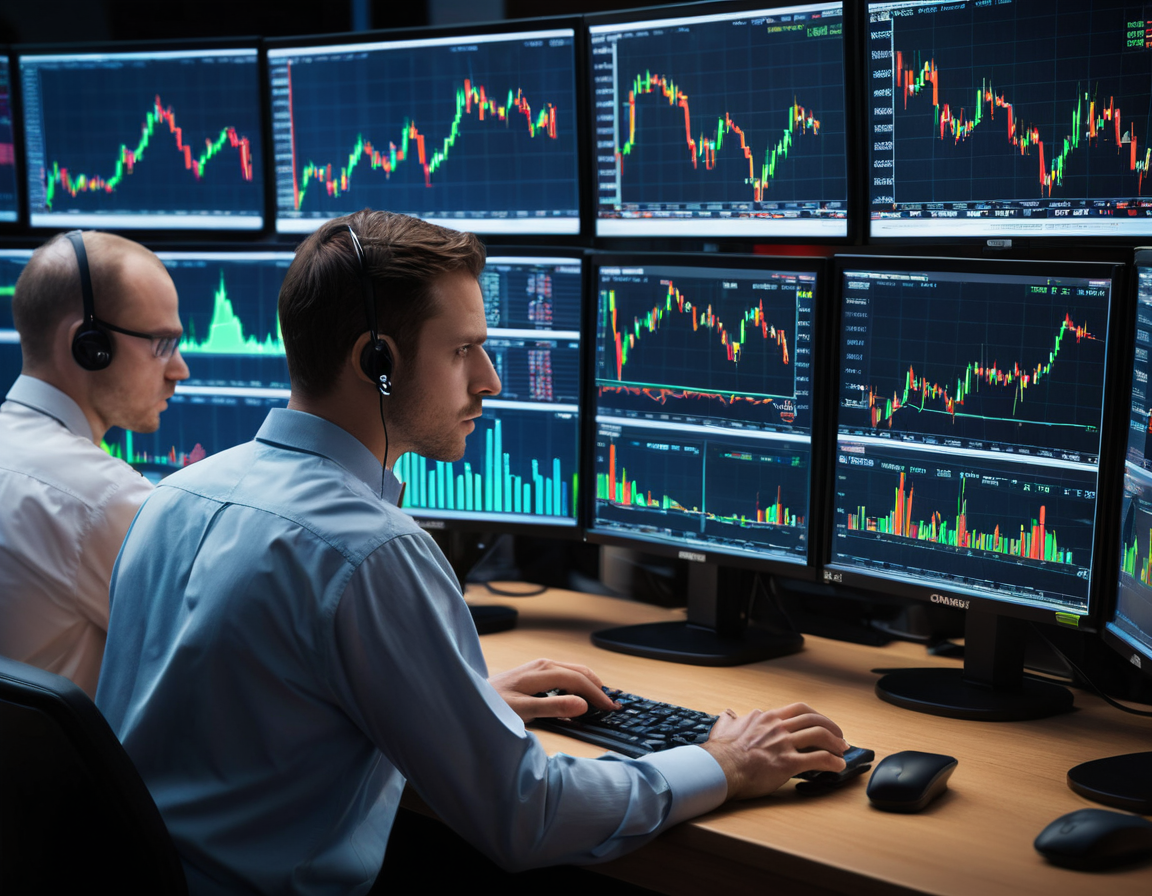Key Components of the Forex Market Every Trader Should Know
The Forex (foreign exchange) market is the largest and most liquid financial market in the world. With an average daily trading volume exceeding $6 trillion, it’s a marketplace that never sleeps, offering opportunities to investors, institutions, and traders of all levels. But if you’re just getting your feet wet, understanding the core components of this vast market is essential to trading smartly.
In this blog, we’ll break down the most important elements of the Forex market, making it simple, clear, and actionable for you to start trading with confidence.
1. Currency Pairs: The Heart of Forex Trading
At the core of the Forex market are currency pairs. Simply put, you’re always trading one currency against another. There are three main categories of currency pairs:
- Major Pairs: These include the most traded currencies in the world, such as EUR/USD, GBP/USD, and USD/JPY. Majors always involve the US dollar.
- Minor Pairs: These pairs consist of major currencies, but without the US dollar, like EUR/GBP or AUD/CAD.
- Exotic Pairs: Involve a major currency and a currency from a smaller or emerging market, such as USD/TRY (Turkish lira) or EUR/ZAR (South African rand).
Each pair comes with its own unique characteristics. For example, major pairs are highly liquid and have tighter spreads, while exotic pairs can be more volatile with wider spreads. It’s crucial to pick pairs that suit your trading strategy and risk tolerance.
2. Market Participants: Who’s Who in Forex
The Forex market attracts a wide variety of players, each with different motives. Here’s a quick breakdown:
- Central Banks: Major drivers of Forex movements, central banks can manipulate currency values by changing interest rates and implementing monetary policy.
- Commercial Banks: These are the biggest players by trading volume. They trade on behalf of clients, large corporations, or even for their own profit.
- Retail Traders: Individuals like you and me who trade on platforms like MetaTrader 4 or 5. While our influence on market prices is small, we still form a growing segment of the Forex market.
- Hedge Funds & Investment Firms: These institutions trade large sums and aim to profit from currency fluctuations, often using complex strategies.
Knowing who you’re up against (and sometimes following their moves) can help you better understand the forces shaping the market.
3. Trading Sessions: Timing is Everything
Unlike traditional stock markets, Forex operates 24 hours a day, five days a week. However, it’s broken down into four main trading sessions:
- Sydney Session (10 p.m. – 7 a.m. GMT): Known for its lower volatility, this session is a good time for traders who prefer slower-paced markets.
- Tokyo Session (12 a.m. – 9 a.m. GMT): The Asian markets open here, and you’ll see more action, particularly in pairs involving the Japanese yen.
- London Session (8 a.m. – 5 p.m. GMT): This is the busiest session, with high liquidity and price movements. It’s the optimal time for trading major pairs.
- New York Session (1 p.m. – 10 p.m. GMT): The overlap between London and New York sees the highest volume of trades, making it a prime time for short-term traders looking for quick moves.
Understanding the different sessions can help you decide when to trade. For example, if you’re looking for high volatility, trading during the overlap between the London and New York sessions might be ideal.
4. Leverage: Power and Peril
Leverage is one of the most attractive features of Forex trading. It allows you to control large positions with relatively small capital. For instance, if you have a leverage ratio of 100:1, you can control $100,000 worth of currency with just $1,000 in your trading account.
But while leverage can amplify your gains, it can also magnify your losses. It’s a double-edged sword, so it’s crucial to use it wisely. Never overleverage yourself to the point where a small market move can wipe out your account.
5. Pip: The Smallest Unit of Price Movement
In Forex, the term “pip” stands for “percentage in point” and refers to the smallest price movement a currency pair can make. Typically, one pip equals a 0.0001 price movement in a currency pair like EUR/USD.
Why does this matter? Understanding pips helps you measure your profits and losses. For example, if EUR/USD moves from 1.1000 to 1.1010, it has increased by 10 pips. As a trader, you want to track pips to assess the effectiveness of your trades.
6. Spread: The Cost of Trading
The spread is the difference between the bid price (what buyers are willing to pay) and the ask price (what sellers are asking). For example, if the bid price for EUR/USD is 1.1000 and the ask price is 1.1002, the spread is 2 pips.
Some brokers offer fixed spreads, while others offer variable spreads that change depending on market conditions. It’s important to consider the spread when calculating the cost of each trade, as wider spreads can eat into your profits.
7. Risk Management: Protecting Your Capital
Perhaps the most important component of Forex trading is managing your risk. No one wins every trade, and the market can be unpredictable. A few key strategies to manage your risk include:
- Setting Stop-Loss Orders: This ensures you automatically exit a trade if it moves against you by a certain amount.
- Limiting Leverage: As mentioned earlier, while leverage can boost profits, it can also lead to significant losses. Only use as much leverage as you’re comfortable with.
- Diversifying Trades: Don’t put all your eggs in one basket. By trading multiple currency pairs, you can spread out your risk and reduce the impact of any one trade.
Mastering risk management ensures longevity in your Forex journey.
FAQs
1. What are currency pairs in Forex trading?
Currency pairs are the foundation of Forex trading, representing the value of one currency against another. Traders buy one currency while selling another simultaneously.
2. What is leverage, and how does it affect trading?
Leverage allows you to control large positions with smaller capital. While it can increase profits, it also amplifies losses.
3. How do I choose which Forex session to trade in?
It depends on your strategy. If you prefer high volatility and liquidity, trade during the London-New York overlap. If you like slower movements, consider the Sydney or Tokyo sessions.
Conclusion
Understanding the components of the Forex market is crucial for any trader looking to succeed. From currency pairs and trading sessions to leverage and risk management, these elements shape the market and can influence your trading decisions. By familiarizing yourself with these key concepts, you’ll be better equipped to navigate the world of Forex and make informed trading choices.







